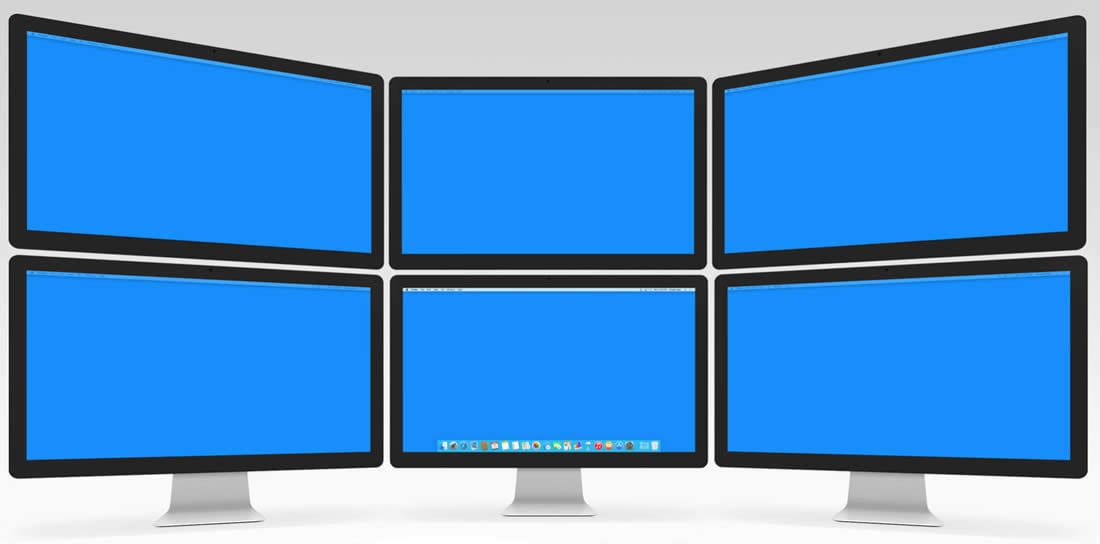
Apple® has come a long way from the legendary Los Altos, CA garage. A recent study has found that 91% of enterprises surveyed have adopted macOS® into day to day use. The result makes sense given the usability and aesthetic that users value in Mac® products. For IT admins, however, the uptick in Mac usage has come with a challenge. In an industry dominated by Windows®-centric system management tools, what's the best way to manage macOS?
Connect and share knowledge within a single location that is structured and easy to search. Learn more Mac OS X Mavericks keeps jumping to the first desktop duplicate Ask Question Asked 7 years, 5 months ago. Active 7 years, 5 months ago. Viewed 56k times. If I get that jump to desktop I will try this. – Jonathan Peel Nov 6 '13 at 14:39. JumpCloud Support Community. Home; Go to JumpCloud.com; Get Started; Contact Support; More.
What Does macOS Management Look Like?
It is also critical to define macOS management. Historically, managing a Mac meant ensuring the systems was updated with the latest patches, secure, and running efficiently. However, with so many end users leveraging Macs, IT admins can't just manage the device fleet without managing the user's access to those machines. So, today, macOS management means user and device management.
It's easy to wonder why managing macOS would be an issue. After all, if studies showing how popular the OS has become in the past few years are true, Mac management doesn't seem like it should be any trouble for IT admins. But, by taking a look at the IT industry over the same period of time, the answer becomes clearer.
Mac Management Through the Years
Single Jump Mac Os Update
System management in general has traditionally fallen to either Microsoft® Active Directory® Shoot those ghosts- fps edition!!!!! mac os. or SCCM (previously known as SMS). There were other third party system management solutions available, but for most organizations, these Windows focused solutions were acceptable.
As macOS systems started to enter into the enterprise, the existing Windows focused solutions struggled. The result was that IT organization started to leverage identity bridges, which extended an AD identity to a Mac system as well as the concept of group policy objects (GPOs) to manage the system itself. Unfortunately, the identity bridge was not a Mac management silver bullet, however, and resulted in a bit of heavy lifting on the part of the sysadmin to implement.
Managing macOS in the Future
As the IT world has shifted to the cloud, new solutions have emerged in the macOS management space. Some Mac specific system management tools have hit the market to help IT admins manage macOS. These solutions are almost strictly limited to system management, however. An ideal solution should be able to not only manage the system itself, but also control user identities on an enterprise scale. This scope of managing macOS includes federating the user's access to on-prem and web applications via single sign-on (SSO), and permitting network access to both local and WiFi connections. Project deepweb mac os. Revenge of a son mac os. As well, IT admins can manage the entire fleet of Macs for updates, security, and maintenance issues. Project fog mac os.
Manage macOS with JumpCloud®
A next generation directory service is doing just that, and not just for macOS. JumpCloud® Directory-as-a-Service® is a third party, cloud-based solution that authorizes access regardless of platform (macOS, Windows, or Linux®). With Directory-as-a-Service, IT admins can permit user access to almost any resource necessary, regardless of location, protocol, or provider. For macOS specific applications, JumpCloud features a macOS app to facilitate management and user password resets. The endpoint-centric directory solution can also be used to manage systems on a fleetwide basis, using cross-platform GPO-like capabilities to federate prescribed commands, called Policies, across entire user bases.
Single Jump Mac Os Download
If your organization needs to manage macOS and more, consider trying JumpCloud. Signing up is completely free and includes ten users forever to get you started. You can always schedule a demo to see the product in the hands of an expert, or contact our team with questions.

